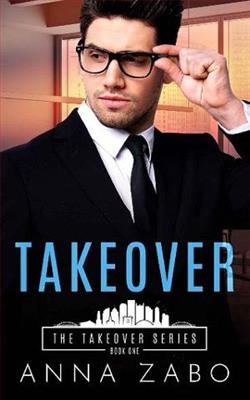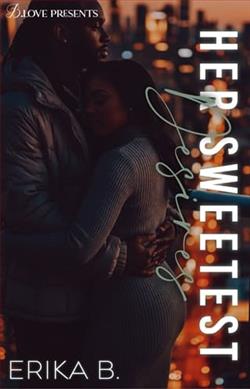Page 7 of I is for Innocent (Kinsey Millhone 9)
By the time Christmas came, she was a nervous wreck, eating little, sleeping poorly, subject to anxiety, panic, and tremors. She was pale. She was haggard. She was drinking too much. She was agitated by company and frightened to be alone. She sent the four-year-old Shelby to live with her father. Ken Voigt had remarried, though some witnesses suggested that he'd never quite recovered from his divorce from her. Isabelle took tranquilizers to get through the day. At night, she popped down sleeping pills. Finally, the Seegers prevailed on her to pack her bags and accompany them on a trip to San Francisco. They were en route to Santa Teresa to pick her up when the electronic fuel injection on the car went out. They called and left a message to let her know they'd be late.
From midnight until approximately 12:45, Isabelle, feeling anxious and excited about the trip, had a lengthy telephone conversation with a former college roommate who lived in Seattle. Some time after that, she heard a rap at the door and went downstairs, assuming the Seegers had arrived. She was fully dressed, smoking a cigarette, her suitcases already lined up in the foyer. She flipped on the porch light and put her eye to the spyhole before opening the door. Instead of seeing visitors, she was staring down the bore of the.38 that killed her. The Seegers showed up at 2:20 and realized something was wrong. They alerted Isabelle's sister, who was living in a cottage on the property. She used her key to let them in through the rear. The alarm system was still armed at the perimeter. As soon as they spotted her, the Seegers called the police. By the time the medical examiner arrived at the scene, Isabelle's body temperature had dropped to 98.1. Using the Moritz formula and adjusting for the temperature in the foyer, her body weight, clothing, and the temperature and conductivity of the marble floor on which she lay, the medical examiner placed the time of death roughly between 1:00 a.m. and 2:00 a.m.
At noon the next day, David Barney was arrested and charged with first-degree murder, to which he entered a plea of not guilty. Even that early in the game, it was clear that the evidence against him was largely circumstantial. However, in the state of California, the two elements of a homicide-the death of the victim and the existence of "criminal agency"-may be proved circumstantially or inferentially. A finding of murder in the first degree can be sustained where no body is produced, where no direct evidence of death is produced, and where there is no confession. David Barney had signed a prenuptial agreement that limited his financial settlement if they divorced. At the same time, he was listed as the prime beneficiary on her life insurance policies, and as her widower he stood to inherit the community property portion of her business, which was estimated at two point six million bucks. David Barney had no real alibi for the time of her death. Dink Jordan felt he had more than enough evidence to convict.
As it happened, the trial lasted three weeks, and after six hours of closing arguments and two days of deliberations, the jury voted for acquittal. David Barney walked out of the courtroom not only a free man, but very rich. Interviewed later, some jurors admitted to a strong suspicion that he'd killed her, but they hadn't been persuaded beyond a reasonable doubt. What Lonnie Kingman was attempting, by filing the wrongful death suit, was to retry the case in civil court, where the burden of proof is based on a preponderance of evidence instead of the "reasonable doubt" formula of a criminal prosecution. As I understood matters, it would still be necessary for the plaintiff, Kenneth Voigt, to establish that David Barney killed Isabelle, and, further, that the killing was felonious and intentional. But the onus would be eased by the shift to proof by preponderance. What was at stake here was not Barney's freedom, but any profits he'd garnered from the crime itself. If he'd killed her for money, at least he'd be stripped of his gains.
I realized I was yawning for the third time in a row. My hands were filthy and I'd reached the point in my reading where my mind was wandering. Morley Shine's methodology had really been slipshod and I found myself irritated with the poor man in death. There's nothing quite as irksome as someone else's mess. I left the files where they were and locked my office door. I let myself out into the third-floor corridor and locked the door behind me.
Mine was the only car left in the parking lot. I pulled out of the driveway and turned right, heading toward town. When I reached State Street, I hung a left and headed home, cruising through the empty, well-lighted downtown area of Santa Teresa. Most of the buildings are only two stories high, the Spanish-style architecture of the ground-hugging variety due to frequent earthquakes. In the summer of 1968, for instance, there was a swarm of sixty-six tremors, ranging in severity from 1.5 to 5.2 on the Richter scale, the latter being strong enough to slop half the water out of a swimming pool.







